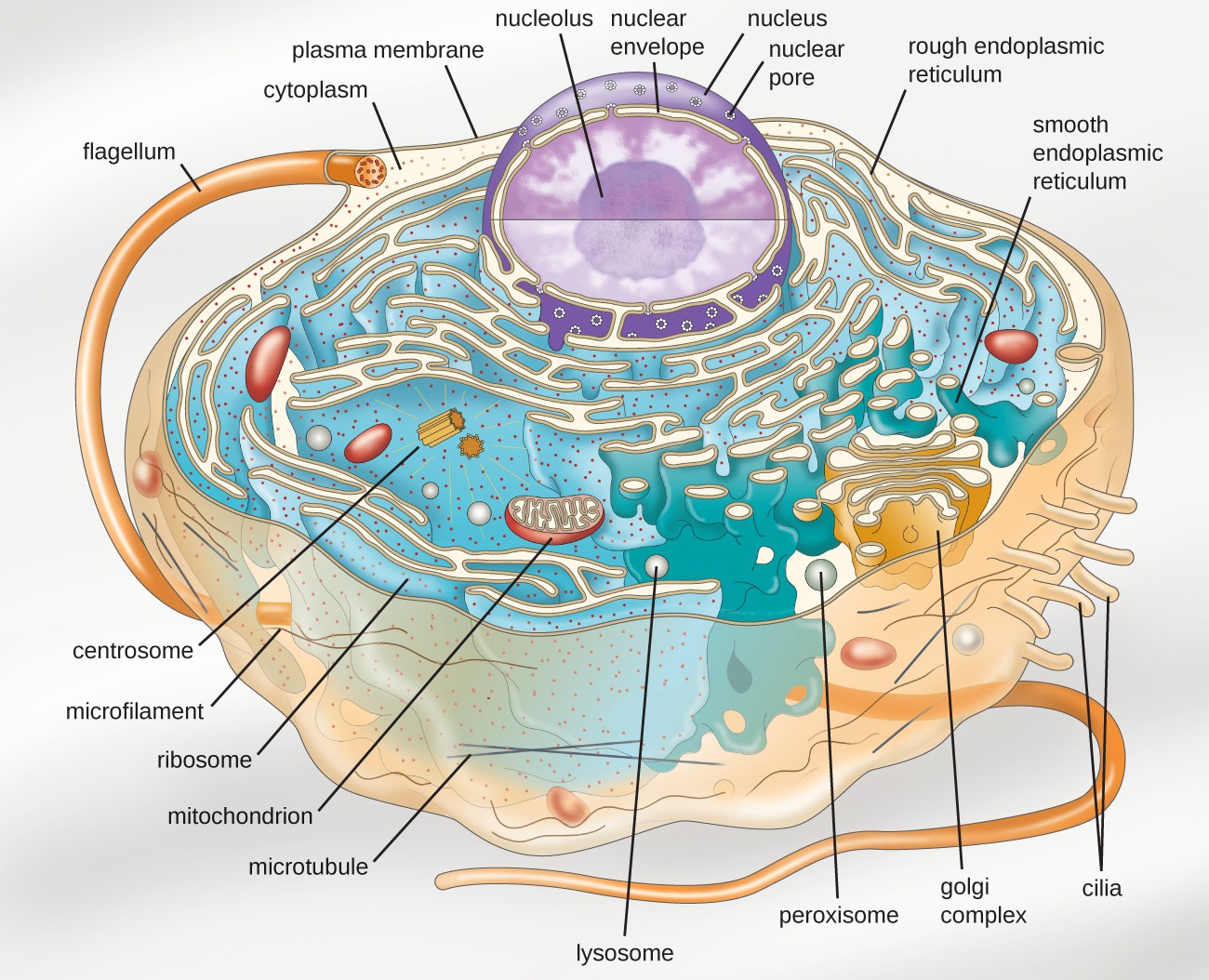Cell phone capacity multiplies: a phrase that beckons inquiry into the underlying physics governing our mobile communication devices. Have you ever wondered how the seemingly simple act of transferring data or making a call is constrained by the invisible forces and concepts of physics? What lies behind the bars—those five signal strength indicators on your phone? This exploration delves into the intricate nature of electromagnetic waves, signal propagation, and the technologies that enhance the capacity of cell phones.
To comprehend the physics fundamental to cell phone capacity, we must first investigate the structure of a cellular network. The architecture consists of numerous base stations—or towers—strategically positioned to provide coverage over expansive geographic areas. Each base station operates within a defined frequency spectrum, relaying information through electromagnetic waves. As intriguing as this structure may be, the question of how each component communicates effectively leads us down a path of deeper understanding.
At the heart of mobile communication lies the phenomenon of electromagnetic radiation. This complex interplay of waves allows for the transmission of information across vast distances. The interaction between electric and magnetic fields gives rise to radio waves, which occupy a critical segment of the electromagnetic spectrum. These waves travel through the atmosphere, radiating from the base station towards your cell phone. The capacity to multiplex signals over various frequencies ultimately determines the volume of simultaneous connections a network can handle.
One of the primary mechanisms for optimizing signal capacity is frequency division multiplexing (FDM). Here, a broad frequency band is sliced into multiple narrower channels, each capable of carrying distinct signals. An analogy may be drawn with a multi-lane highway where different vehicles, each traveling at their own velocities, occupy their designated lanes. FDM ensures that multiple calls can occur without interference, enhancing the overall user experience. Yet, you might ask, how can we ensure that the signal quality remains intact amidst the potential congestion of data transmission?
A critical player in maintaining signal integrity is the concept of wavelength. In accordance with classical wave theory, each electromagnetic wave has a specific wavelength determined by its frequency. Cellular signals typically operate within frequencies ranging from 700 MHz to 2.5 GHz, translating into diverse wavelengths. The size of these wavelengths plays a pivotal role in signal propagation; longer wavelengths can bend around obstacles, thus facilitating better coverage in urban landscapes, while shorter wavelengths tend to provide higher data rates but struggle with obstructions.
The challenge of material interference cannot be overstated. Buildings, trees, and atmospheric conditions can all perturb the trajectory of a signal as it travels from the tower to the mobile device. When these barriers fall between the sender and receiver, signal attenuation occurs, leading to degraded performance. Engineers have implemented multiple techniques to counteract interference, with one notable innovation being multiple-input and multiple-output (MIMO) technology. By employing multiple antennas, MIMO enhances spatial diversity, allowing for parallel data streams and effectively increasing throughput.
However, the sophistication of digital communication does not end with signal transmission. The demand for higher data rates has instigated significant advancements in modulation techniques. Quadrature amplitude modulation (QAM) exemplifies one of these techniques, combining both phase and amplitude modulation to encode data. The ability to pack more bits into each symbol strengthens the capacity of a transmission channel, leading to a more efficient use of available bandwidth. Yet, this augmentation raises an interesting contemplation: as we become increasingly reliant on high-capacity signals, what safeguards are in place to ensure reliability?
Indeed, with the adoption of Third Generation (3G), Fourth Generation (4G), and the emerging Fifth Generation (5G) networks, we encounter not only enhancements in speed and capacity but also increased susceptibility to signal degradation and interference. The advent of these new technologies brings forth a persistent question: how do we balance the quest for capacity with the need for reliable and resilient communication? The answer lies in adaptive algorithms and intelligent network management capable of dynamically responding to varying environmental conditions. Here, physics intertwines with computer science, creating intricate systems that maximize efficiency.
Moreover, one cannot overlook the role of power management in augmenting cell phone capacity. In the realm of mobile technology, power consumption is a critical concern. High-capacity cell phones demand sophisticated energy management systems to prolong battery life while sustaining performance. The principles of thermodynamics ultimately come into play here, as energy must be converted efficiently to prevent excessive heat production and ensure device longevity. Efficient power management not only addresses user experience but also aligns with environmental considerations and sustainability—a contemporary challenge in the technology sphere.
In conclusion, the physics behind cell phone capacity is a multifaceted domain interlaced with the principles of electromagnetism, wave propagation, signal modulation, and power management. Distinct yet interconnected, these concepts elucidate the astonishing capacity of cell phones to communicate seamlessly across vast networks. While the proliferation of data-driven applications continues to challenge existing infrastructures, the ongoing advancements fueled by a fundamental understanding of physics present opportunities for innovation and growth. As we move towards increasingly complex technologies, the interplay between human demand and scientific inquiry remains a captivating narrative, poised to shape the landscape of our digital future.










